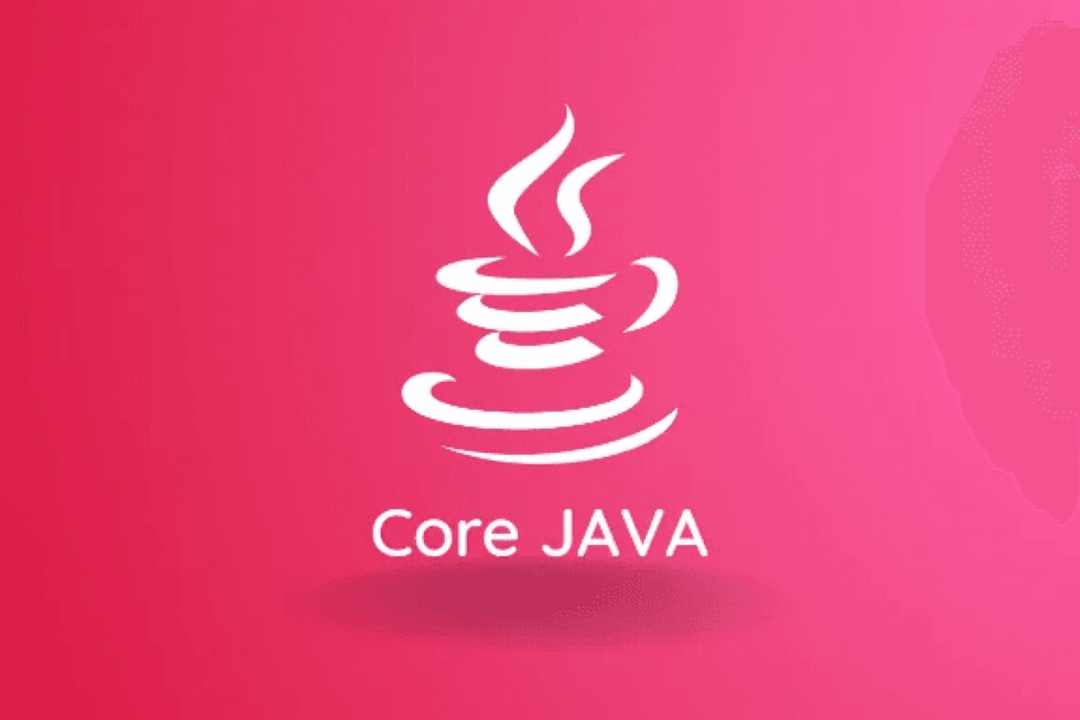Java 8 Stream Api Interview Questions
Commonly Asked Questions about Java 8 Stream API in Interviews
Java 8 introduced Stream API which allows developers to perform various operations on a sequence of objects, without the need for writing boilerplate code. This API offers a functional approach, allowing developers to write code in a more concise and readable manner. With the use of lambda expressions, the Stream API provides powerful tools for manipulating collections and performing various operations such as filtering, mapping, and reducing. Some commonly asked interview questions about Java 8 Stream API include the differences between streams and collections, how to handle exceptions in streams, and the benefits of using parallel streams.
To Download Our Brochure: https://www.justacademy.co/download-brochure-for-free
Message us for more information: +91 9987184296
points
1 - What is Stream in Java 8?
Stream is a new feature introduced in Java 8 that enables functional-style operations on collections of elements. It is an interface that allows processing of data in a compact and concise manner by leveraging lambda expressions and functional interfaces.
2) What are the characteristics of Stream?
Some of the key characteristics of Stream are:
a) Stream does not store data but instead operates on the source data.
b) Stream operations are performed serially or in parallel depending on the API implementation.
c) Stream is immutable, meaning the original data source remains unchanged after executing Stream operations.
d) Stream does not support indexing, thus it is not suitable for accessing specific elements.
3) What is the difference between a Stream and a Collection?
A Collection is a data structure that stores and manages a collection of objects, allowing access and manipulation of individual elements. On the other hand, a Stream is a sequence of objects that support aggregate operations on them, but do not store the elements. Unlike a Collection, a Stream provides functional-style operations for processing the data.
4) What is the purpose of Stream in Java 8?
The primary purpose of Stream in Java 8 is to simplify the data processing and manipulation by providing a more concise and efficient alternative to traditional loops and conditional statements.
5) What are the types of Stream interface in Java 8?
There are two types of Stream interfaces in Java 8:
a) BaseStream: This is the base interface that supports common stream operations such as filter, map, and reduce.
b) Stream: This is a sub-interface of BaseStream and provides operations specific to sequential streams.
6) What is a Predicate in Stream?
A Predicate is a functional interface in Stream that represents a boolean-valued function, which can be used to filter elements based on a given condition.
7) Is Stream an infinite data structure?
Yes, Stream can be an infinite data structure as it does not have any fixed size or boundaries. However, it can be limited using operations like limit and takeWhile.
8) What is the purpose of parallel Stream in Java 8?
Parallel Stream enables the processing of data in parallel, utilizing multiple cores of a processor, which can significantly improve the performance of operations on large datasets.
9) What are the main differences between Stream and parallelStream?
The main differences between Stream and parallelStream are:
To Download Our Brochure: Click Here
Message us for more information: +91 9987184296
a) parallelStream processes data in parallel while Stream processes data sequentially.
b) parallelStream may introduce overhead due to parallel processing, while Stream does not have any such overhead.
c) parallelStream is suitable for large datasets, while Stream is suitable for small datasets.
10) Can we reuse a Stream in Java 8?
No, a Stream cannot be reused as it is consumed after the terminal operation is performed. However, a new Stream can be created using the source data.
11) What is a terminal operation in Stream?
A terminal operation is an operation that marks the end of a Stream pipeline, triggering the execution of all the intermediate operations in the pipeline. Examples of terminal operations are forEach, collect, and reduce.
12) What is the difference between forEach and collect in Stream?
The main difference between forEach and collect in Stream is that forEach performs an action on each element of the Stream while collect accumulates the elements into a new collection.
13) What is the purpose of the reduce operation in Stream?
Reduce operation in Stream is used to combine the elements of a Stream into a single result. It takes two parameters: an initial value and a BinaryOperator.
14) Can we sort elements in a Stream in Java 8?
Yes, we can sort elements in a Stream using the sorted() method, which takes a Comparator as a parameter to define the sorting criteria.
15) What are the benefits of using Stream in Java 8?
Some of the key benefits of using Stream in Java 8 are:
a) Reduced code complexity and improved readability.
b) Better performance, especially for large datasets.
c) Ability to process data in a declarative and functional style.
d) Improved code modularity and reusability.
e) Built-in support for parallel processing.
Browse our course links : https://www.justacademy.co/all-courses
To Join our FREE DEMO Session: Click Here
Contact Us for more info:
- Message us on Whatsapp: +91 9987184296
- Email id: info@justacademy.co
Accenture Sap Sd Interview Questions
Java Backend Interview Questions
Top 100 Interview Questions For Freshers












